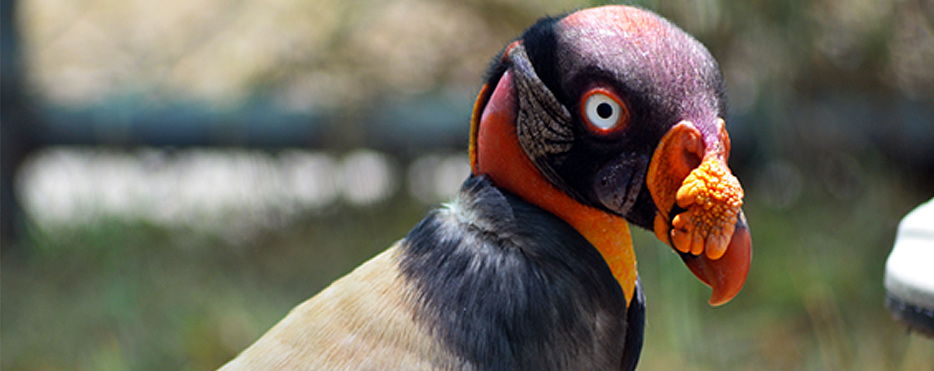RESCUED BIRDS OF PREY ARE REHABILITATED AT QUITO AIRPORT

- Quito Airport has the country’s first center specializing in the rehabilitation and training of birds of prey.
- The Ministry of the Environment provided two birds of prey for rehabilitation and reintegration into their natural habitat.
Quito Airport received two vulnerable birds of prey which had been rescued in Sucumbíos Province by the Ministry of the Environment. On this occasion a King Vulture (sarcoramphus Papa) from the condor family with a wounded wing and an Osprey (pandion Haliaetus) that had had its feathers cut were taken in. These specimens entered the bird of prey rehabilitation center set up at Quito Mariscal Sucre International Airport, as part of its Wildlife Control Program which uses falconry as a principle method.
The rehabilitation center, the first specializing in birds of prey in Ecuador, is tailored to carry out various types of treatment for the recuperation of these birds thanks to its facilities, ample space and highly trained and specialized scientific and technical staff from the Faunaetus organization, hired by Quiport to manage Wildlife Control at the Airport.
The main objective when receiving a bird is to rehabilitate it and release it into its habitat. However, in some cases birds are taken in that have already had too much contact with humans and cannot be released. In these cases, the birds may be part of the Airport’s Wildlife Control Program, guaranteeing very favourable living conditions since they are able to fly and keep active, something which does not occur in, for example, zoos.
The birds that arrive to be rehabilitated at the Airport are treated with various techniques such as feather implants, weight gain and muscle-building. In the case of birds that cannot be released into the wild, these also receive training and deterrence techniques.
The rehabilitation process of the two rescued birds will last for approximately one month before they are reintegrated into their natural habitat.
Falconry is key to the safety of the Airport
On various occasions we have been able to observe majestic birds flying over the Airport, but what many people don’t know is that these birds have been trained to control airport safety through an effective method that aims to scare away small fauna using birds of prey.
This environmentally friendly discipline consists of training birds of prey to prevent other species from accessing the vicinity of the Airport and to guarantee the safety of operations which may be affected by the presence of fauna.
Falconry, a practice which has been used for centuries and whose origins date back to ancient China, has been quite effective given that the presence of birds around Quito Airport has been significantly reduced.
Currently, the Airport’s Wildlife Control Program has 11 birds that have been trained to discourage the presence of other species in a natural way, since if animals sense the presence of predators they will avoid the zone under the predator’s control, in this case the Airport.
Corporación Quiport, in charge of managing the Airport, introduced the program in 2013. There are only a few airports in the region that have falconry programs for controlling wildlife.
